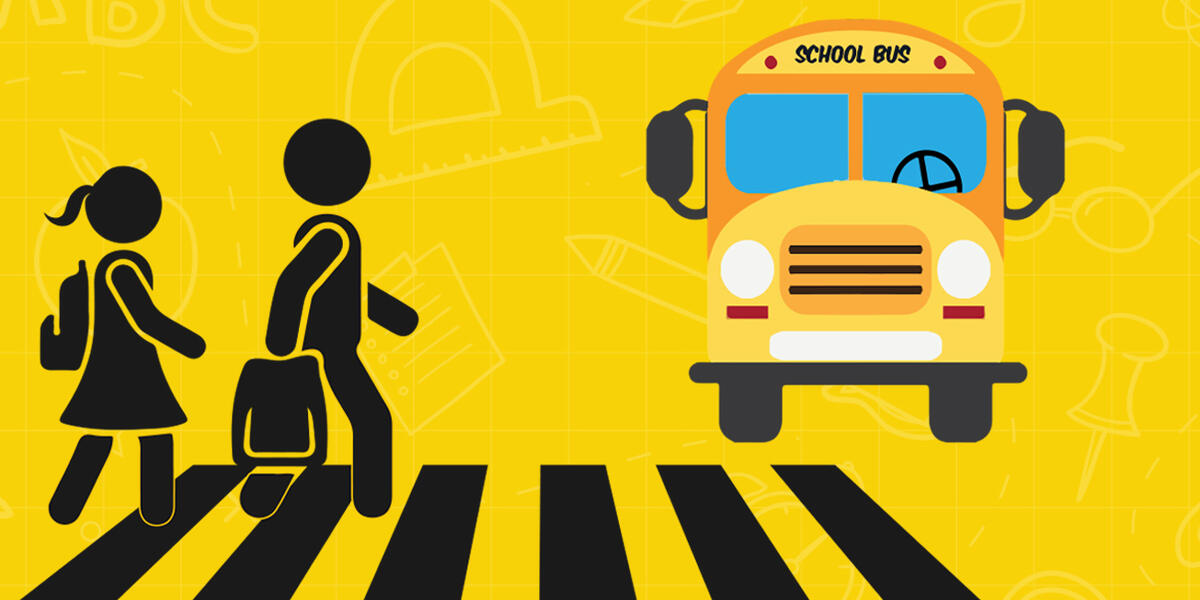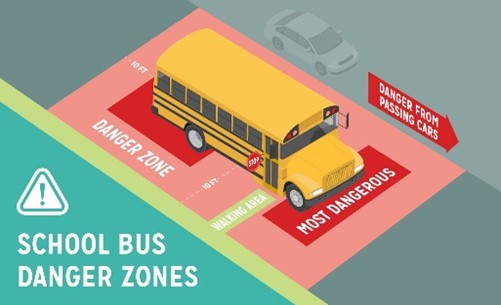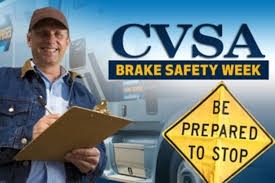In the next two weeks, we will see many students returning to school after the summer break. Pedestrian-vehicle injuries are a leading cause of death for children ages 5 to 14. Kids are back from summer camp; school will be in session again soon, and school buses will be out on the streets. That means
drivers need to step up safety around school zones, crosswalks, bus stops, and wherever children may be playing outside. Here are some back-to-school tips:
-
Be familiar with school zones.
Get in the habit of noticing where school zones and crosswalks are on routes that you normally take. Accidents, including pedestrian accidents, are farmore likely to occur locally on routes with which drivers are more familiar and comfortable.
-
Stop for school bus lights.
Always stop for school buses with flashing red lights. Drivers approaching the bus must come to a full stop for the duration that the red lights are on. Some school buses have flashing yellow lights also, which means that drivers may proceed with extreme caution. Bus drivers often engage the flashing yellow lights before the flashing red lights, signaling that they are about to stop. -
Obey crossing guards.
School crossing guards are given police training and the same authority as local traffic police in most areas, so disobeying a crossing guard could get you into serious trouble. Remember that driving on major streets where crossing guards and crosswalks are observed is safer than taking "shortcut" side streets where children may be unattended. -
Anticipate the worst.
The speed and distance of oncoming cars are more difficult for young children to judge. Always anticipate the chance that a small child may run in front of you by slowing down and preparing to brake. -
Be careful around parked vehicles.
Be especially careful in areas with parked vehicles on the side of the road. Children waiting to cross may be especially difficult to see behind parked sport-utility vehicles. -
Turn your headlights on.
Drive with headlights on in areas with children and pedestrians. The AAA says that the use of headlights can reduce pedestrian accidents by about 25 percent. -
Avoid using cell phones when driving.
Cell phones are a known distraction. Never use hand-held cell phones while driving, and never use hands-free cell phones while driving in school zones or areas with children. The same goes for activities that distract the driver, such as changing CDs, looking at notes, and reading maps. -
Avoid reversing.
Try to avoid reversing your vehicle in areas with children. It's more difficult to see small children and attend to your car's blind spots while reversing. -
Don't speed.
Remember that the speed limit in most school zones during school times or when children are present is 25 miles per hour. Bad weather or areas with limited visibility will require a lower speed. Your visibility to pedestrians, your ability to see them, and your stopping distance all may be greatly impaired by weather or road conditions, so follow common sense and slow down. -
Don't honk at pedestrians or bicyclists.
Honking at a child, whether on foot or on a bicycle, is generally not a good idea. The noise could possibly cause the startled child to trip or fall and be in a dangerous position for other approaching traffic.
School Buses and Laws
Even if you don't have kids in school, it's not hard to see the increase in school buses around this time. Laws vary by state, but usually, you have to stop if a school bus is loading or unloading—no matter what side of the street it's on. Passing a school bus while its red lights are flashing is illegal in every state.
Watch for school buses stopping at railroad tracks. Make sure to familiarize yourself with the local laws regarding school buses.
In their guide, "Reducing Illegal Passing of School Buses," the National Highway Traffic Safety Administration (NHTSA) reports that many school buses are illegally passed about once a day. Some buses are even passed on the right (the side children use).
Do I need a USDOT Number?
This question comes up frequently from our customers, and we thought that this week we would address it. This question usually arises when we have a customer that is an INTRAstate carrier not subject to the Federal Motor Carrier Safety Administration (FMCSA) INTERstate regulations, but rather their own state regulations.
The following thirty-eight states and Puerto Rico require a USDOT number for INTRAstate operations:
Alabama, Alaska, Arizona, California, Colorado, Connecticut, Delaware, Florida, Georgia, Hawaii, Idaho, Indiana, Iowa, Kansas, Kentucky, Maine, Maryland, Massachusetts, Michigan, Minnesota, Missouri, Montana, New Jersey, New York, Nebraska, Nevada, North Carolina, Ohio, Oklahoma, Oregon, Pennsylvania, South Carolina, Texas, Utah, Washington, West Virginia, Wisconsin, Wyoming
What is a USDOT Number?
Companies that operate commercial vehicles transporting passengers or hauling cargo in INTERstate commerce must be registered with the FMCSA and must have a USDOT Number.
Also, commercial INTRAstate hazardous materials carriers who haul types and quantities requiring a safety permit must register for a USDOT Number.
The USDOT Number serves as a unique identifier when collecting and monitoring a company's safety information acquired during audits, compliance reviews, crash investigations, and inspections.
CVSA Brake Safety Week Scheduled for August 24–30
This year's Brake Safety Week is scheduled for August 24–30, according to the Commercial Vehicle Safety Alliance (CVSA).
The enforcement campaign is part of the larger Brake
Safety Awareness Month, which takes place in August.
During CVSA's annual enforcement event, roadside inspectors will:
-
Focus on the brake systems and components as they conduct North American Standard Inspections
-
Focus specifically on brake drums and rotors this year
The association will issue a report on its findings later this year.
The event is also an opportunity for motor carriers to educate drivers and maintenance service providers on the importance of brake safety.










